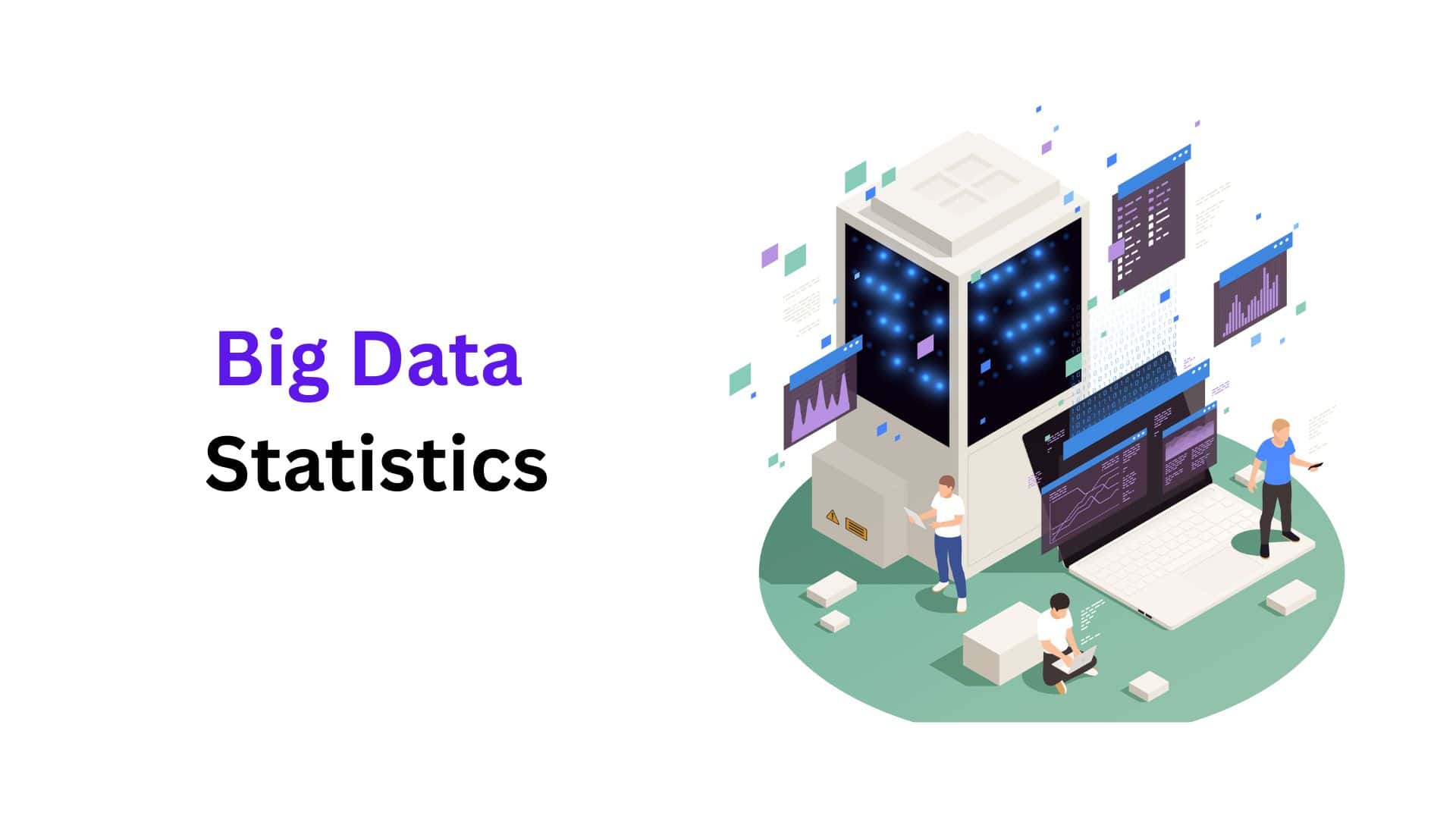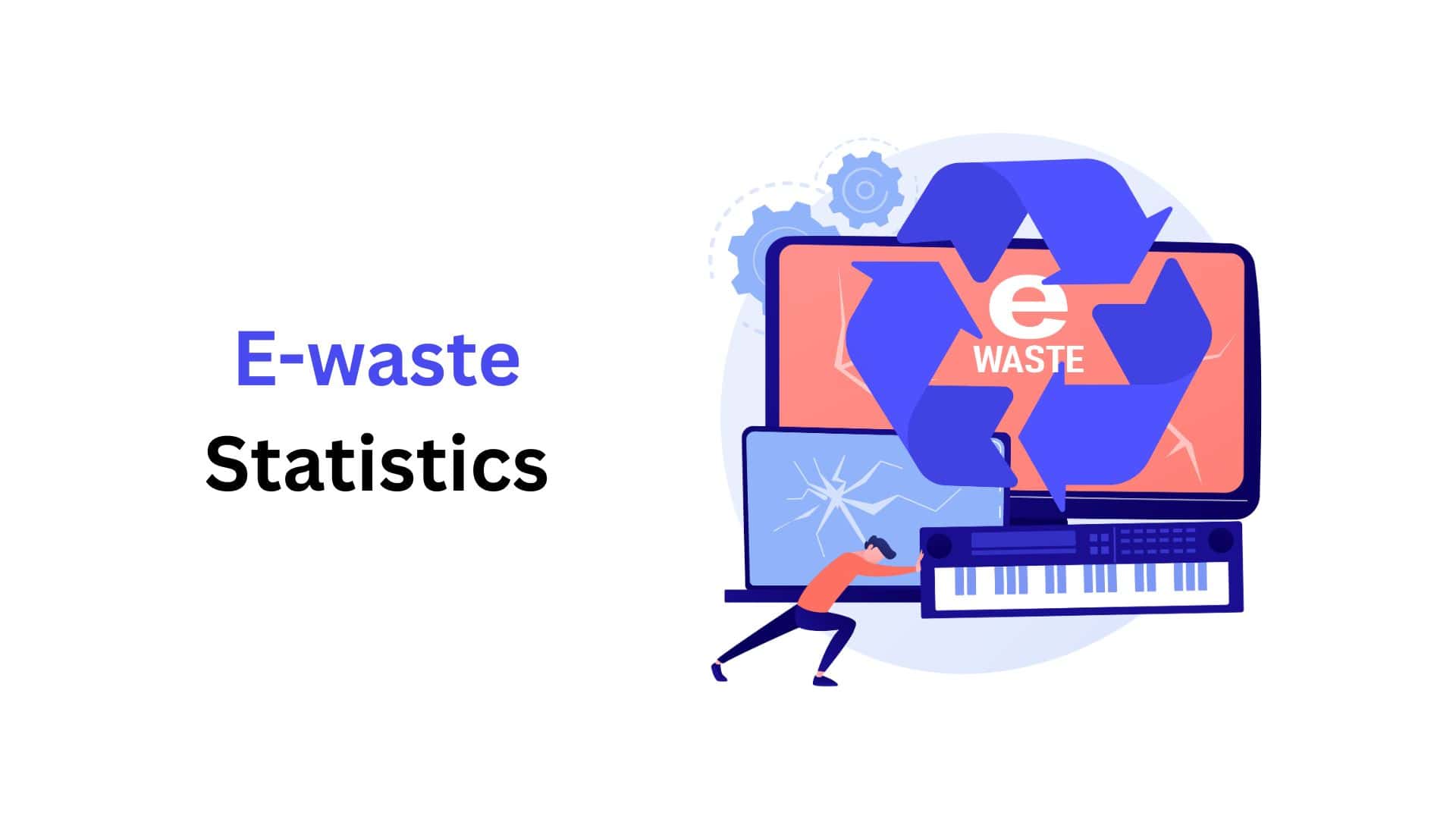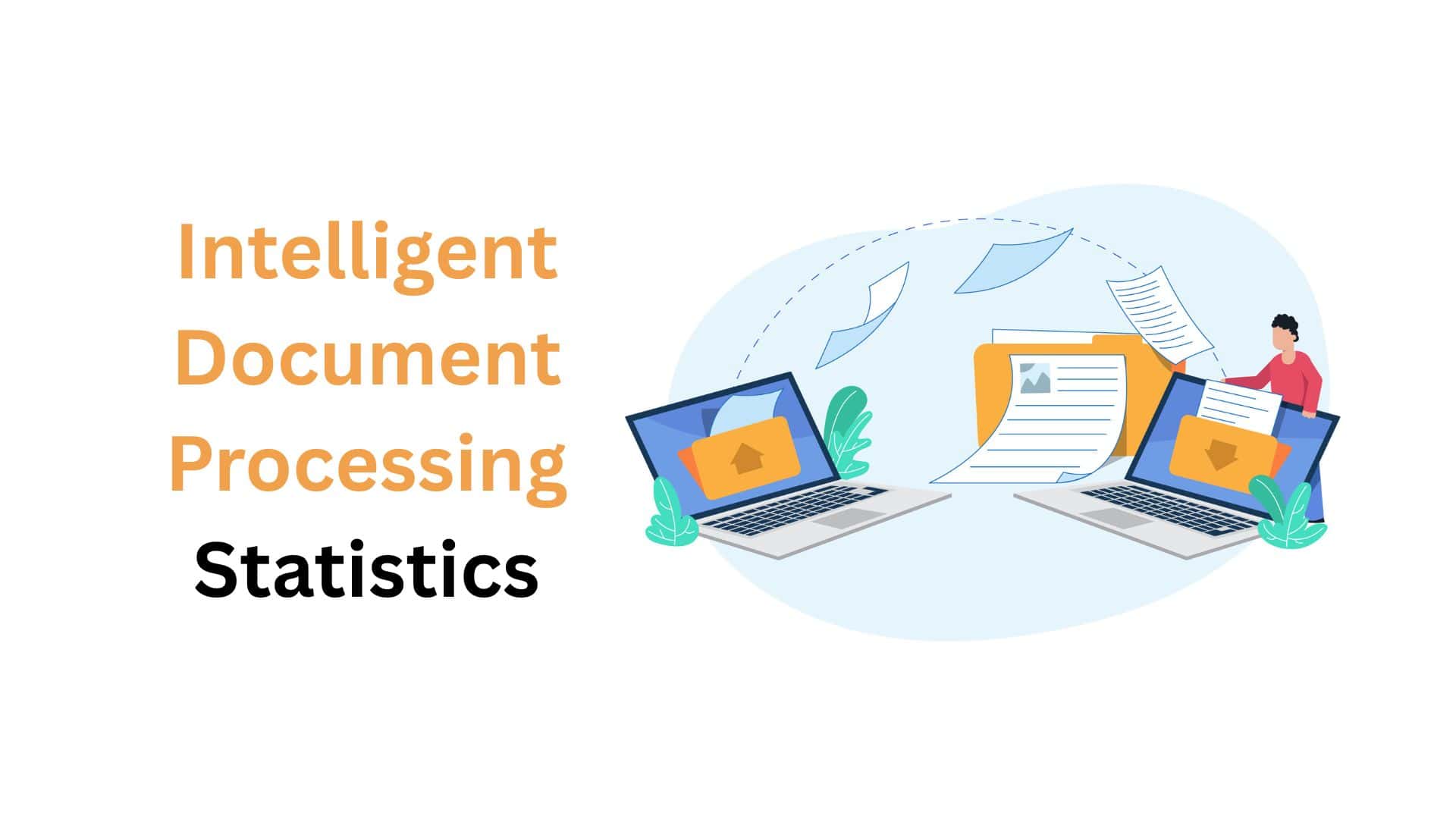Document Creation Statistics, Trends And Facts (2025)

Updated · Aug 13, 2025

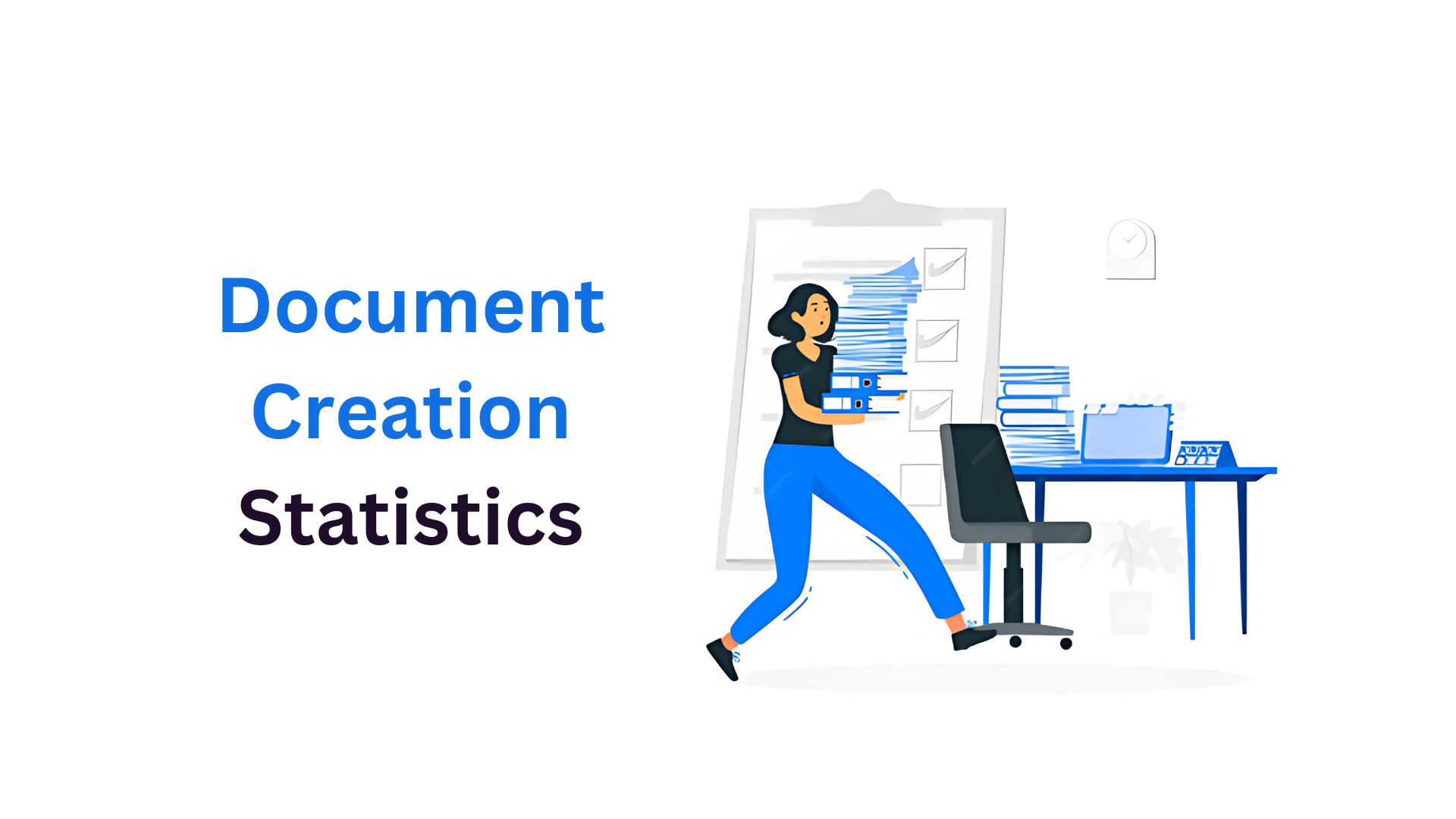
WHAT WE HAVE ON THIS PAGE
- Introduction
- Editor’s Choice
- The Origin and Evolution of Document Creation
- Global Document Creation Volume
- Tools and Software Used for Document Creation
- Document Types and Formats in Use
- Time Spent on Document Creation
- Document Storage and Management
- Security Concerns in Document Creation
- Environmental Impact of Document Creation
- Future Trends in Document Creation
- Challenges in Document Creation
- Conclusion
Introduction
Document Creation Statistics: When we talk about document creation, we’re looking at the story behind how documents are made, shared, and managed every single day around the world. Documents aren’t just pieces of paper or files on a computer; they are the backbone of how businesses operate, how information flows, and how decisions get made. Whether it’s a simple memo, a detailed report, a contract, or a presentation, documents play a huge role in our personal and professional lives, as I often use to say.
But have you ever wondered just how many documents are created globally? Or which tools and formats do people use the most? How much time do we spend creating these documents, and what challenges do we face in the process?
In this article, I’m going to break down the most important document creation statistics you need to know. We’ll explore everything from the origins of document creation and the volume of documents made every day. So, whether you’re curious about what security risks exist or how automation and AI are changing the game, this article will give you a clear and detailed picture. Let’s dive into the data and understand the true scale and importance of document creation today. Let’s get into it.
Editor’s Choice
- Document creation is one of the most fundamental activities in business and everyday life, evolving dramatically over thousands of years.
- Today, over 5 trillion documents are created globally each year, with businesses responsible for about 85% of these. The majority, around 90% are digital, highlighting a major shift from paper-based workflows.
- Microsoft Office leads the software market with over 1.2 billion users, closely followed by Google Docs with 800 million active users.
- Cloud-based tools have been widely adopted by 65% of companies, enabling faster collaboration and document sharing.
- Text documents (like Word files) dominate document types, making up 60% of created files, with PDFs being the most popular format for sharing, used in over 80% of enterprises.
- On average, office workers spend 2.5 hours a day on document creation and editing, with formatting and collaboration accounting for much of this time.
- Storage and management of documents are growing challenges, with the global document data estimated at 45 zettabytes in 2024.
- Cloud storage accounts for 70% of enterprise document storage, but document loss and corruption remain concerns for 60% of companies annually.
- Security is a major focus since 45% of data breaches involve documents. While 60% of companies encrypt documents, only a quarter use advanced Digital Rights Management, leaving room for improvement.
- The environmental impact of document creation remains relevant despite digital progress, with offices still consuming 12 million trees annually for paper, and digital storage contributing about 2% to global electricity use.
- Looking forward, AI-assisted writing, voice-to-text, blockchain verification, and augmented reality are set to revolutionize document creation further, with adoption rates projected to rise sharply over the next 5 to 10 years.
- Despite progress, challenges such as document overload, formatting errors, collaboration conflicts, and version control issues continue to affect productivity and quality.
| Topic | Key Points and Figures |
| Global Volume |
2.5 trillion docs/year; 85% by businesses; 90% digital |
|
Popular Software |
Microsoft Office (1.2B users), Google Docs (800M users) |
| Cloud & Mobile Use |
65% companies are cloud-based; 35% mobile editing |
|
Document Types |
60% text docs, 25% PDFs, 10% spreadsheets, 5% presentations |
| Time Spent |
2.5 hrs/day average; 35% formatting; 40% time saved with templates |
|
Storage & Management |
45 zettabytes of data; 70% cloud; 60% companies experience document loss yearly |
| Security |
45% breaches involve docs; 60% encrypt docs; 25% DRM use |
|
Environmental Impact |
12 million trees used/year; 2% global electricity digital storage |
| Future Trends |
40% AI writing adoption by 2027; 50% automation in 10 years |
|
Challenges |
40% workers are overwhelmed; 25% formatting errors; 50% version control issues |
The Origin and Evolution of Document Creation
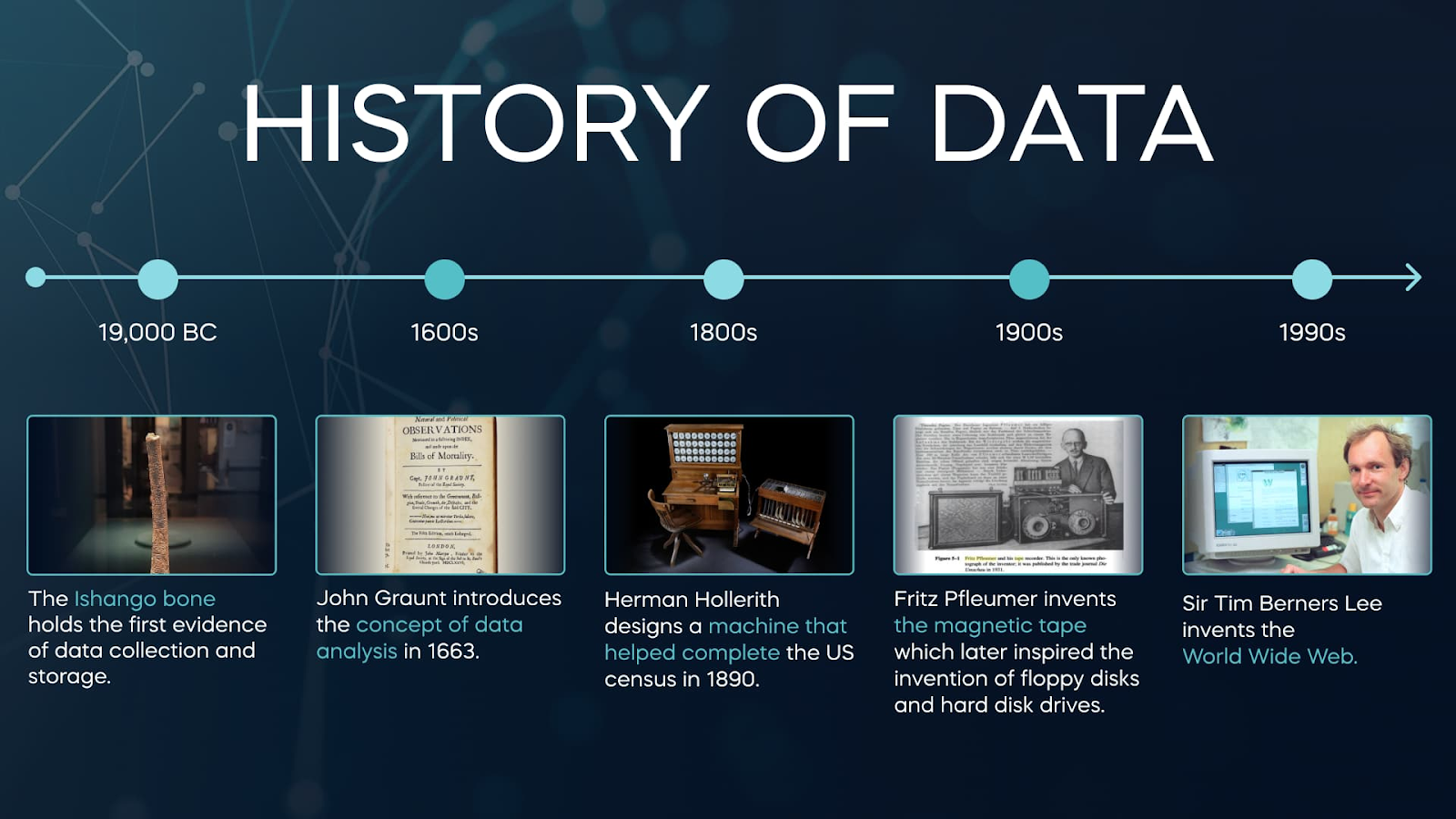
- Writing systems began over 5,000 years ago in Mesopotamia with cuneiform.
- The earliest known paper was created in China around 105 AD.
- The printing press was invented in 1440 by Gutenberg, increasing document production by over 1,000%.
- The average handwritten document took hours; now digital documents can be created in seconds.
- The first word processor software appeared in the 1970s, changing document creation forever.
- By the 1990s, Microsoft Word dominated, with over 90% market share in word processing.
- Digital documents reduced paper use by an estimated 30% globally by 2010.
- Cloud storage for documents grew 50% annually in the 2010s.
- By 2023, over 3.5 billion people worldwide will use digital devices for document creation.
- The rise of mobile document apps has led to a 40% increase in document editing on smartphones since 2018.
| Year/Period | Key Event | Impact (Approx.) |
| 3000 BC | Start of writing systems | Birth of document creation |
| 105 AD | Invention of paper | Faster writing medium |
| 1440 | Gutenberg printing press | 1000% increase in document output |
| 1970s | First word processors | Digitization begins |
| 1990s | Microsoft Word’s market dominance | 90% word processing market |
| 2010 | Digital documents reduce paper | 30% less paper globally |
| 2018-2023 | Mobile editing surge | 40% increase in smartphones |
Global Document Creation Volume
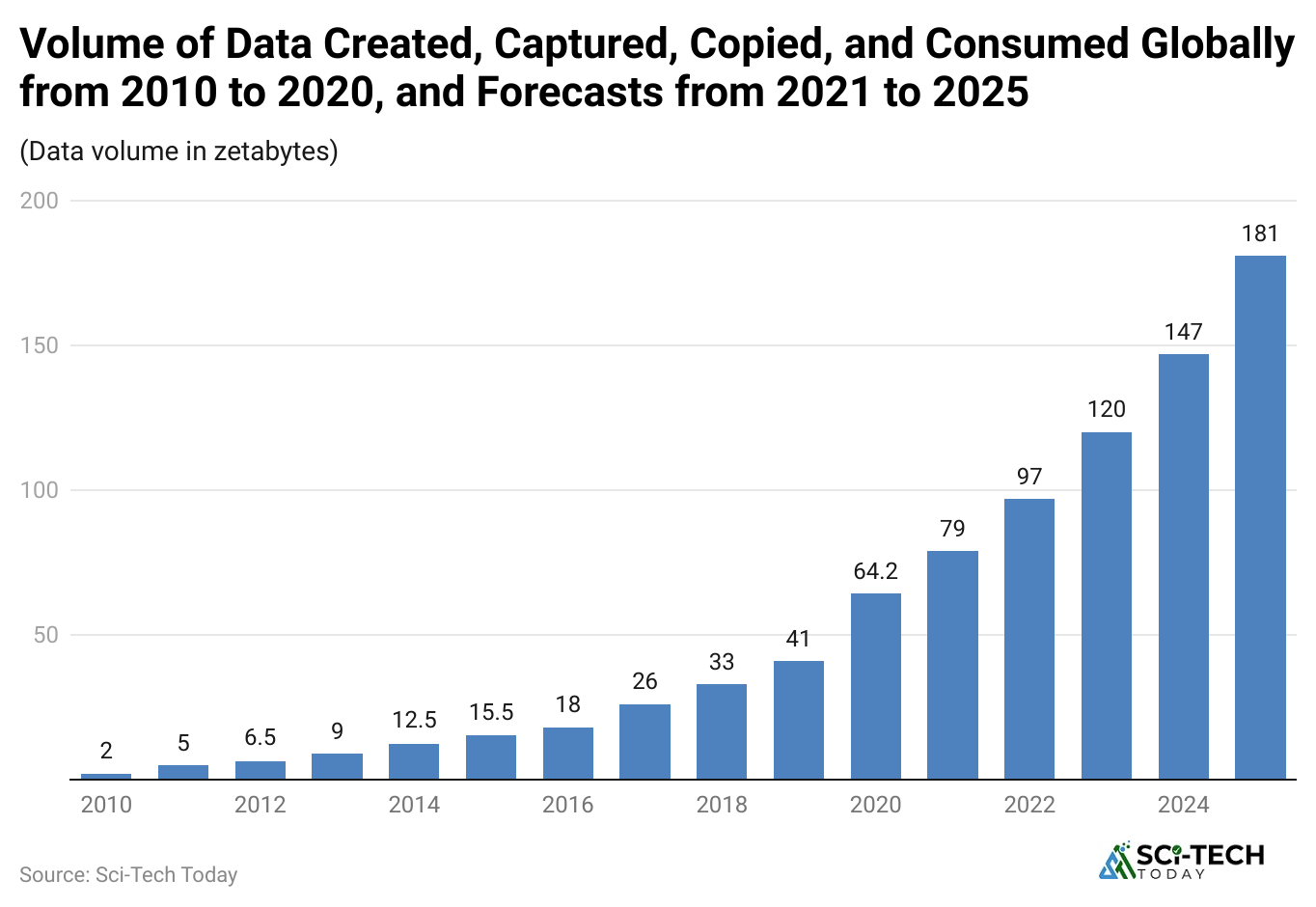
- Over 2.5 trillion documents are created globally each year.
- Businesses generate around 85% of these documents.
- The average office worker creates 30 to 50 documents per day.
- Approximately 90% of these are digital rather than paper.
- PDFs are the most popular document format, used in over 80% of businesses.
- Word documents represent 60% of all editable files created.
- Spreadsheets account for about 20% of business documents.
- Presentations form roughly 10% of documents created in offices.
- Document creation spikes during Q4 every year by around 15%, mostly due to reporting.
- Around 70% of documents created are never printed.
| Statistic | Number/Percentage |
| Total documents per year | 2.5 trillion |
| Business document share | 85% |
| Daily docs per office worker | 30 to 50 |
| Digital docs percentage | 90% |
| Most common format (PDF) | 80% usage |
| Word document share | 60% |
| Spreadsheet share | 20% |
| Presentation share | 10% |
| Year-end document spike | 15% increase |
| Docs never printed | 70% |
Tools and Software Used for Document Creation
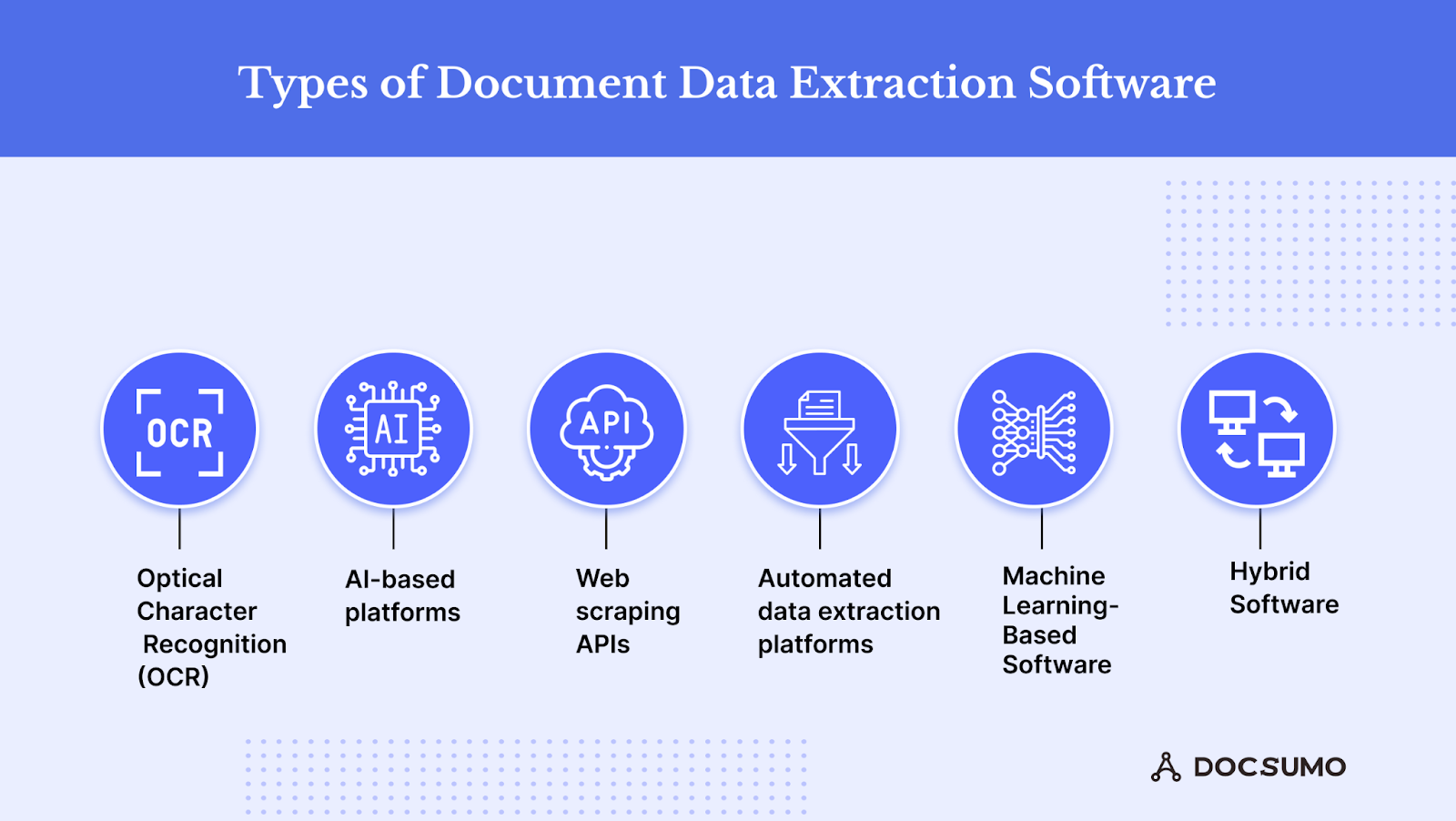
- Microsoft Office remains the top software suite with over 1.2 billion users globally.
- Google Docs has grown to 800 million active users as of 2024.
- Over 65% of companies use cloud-based document creation tools.
- Mobile apps account for 35% of document editing activities.
- PDF creation software is used by 90% of enterprises.
- Collaborative editing tools have boosted productivity by 20% in many organizations.
- Open-source editors like LibreOffice serve 150 million users worldwide.
- Document templates speed up creation by 40% on average.
- AI-powered document assistants are used in 10% of companies as of 2023.
- Offline editing tools are still preferred by 30% of users for security reasons.
| Tool/Software | Users/Percentage |
| Microsoft Office users | 1.2 billion |
| Google Docs users | 800 million |
| Cloud tool adoption | 65% companies |
| Mobile editing share | 35% |
| PDF software usage | 90% enterprises |
| Productivity boost (collab) | 20% increase |
| LibreOffice users | 150 million |
| Time saved by templates | 40% |
| AI assistant adoption | 10% companies |
| Offline tool users | 30% |
Document Types and Formats in Use
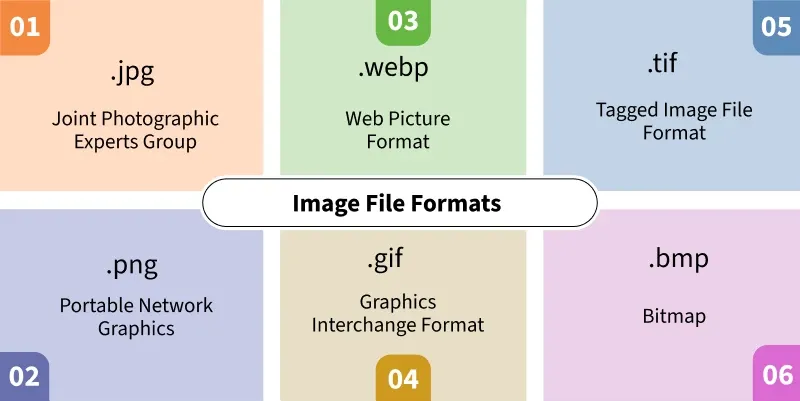
- Text documents (Word, Google Docs) make up 60% of created files.
- PDFs, preferred for sharing, make up 25% of documents.
- Spreadsheets cover 10% of usage, mainly for data management.
- Presentations represent 5%, mostly in business contexts.
- Rich media documents (with embedded video/audio) are increasing by 15% yearly.
- Legal and compliance documents represent 7% of enterprise creation.
- Marketing materials are 8% of document volume in businesses.
- Internal memos and reports form about 12%.
- User manuals and guides are about 6%.
- Contracts and agreements account for 4% but represent high-value documents.
| Document Type | Percentage of Use |
| Text Documents | 60% |
| PDFs | 25% |
| Spreadsheets | 10% |
| Presentations | 5% |
| Rich Media Docs | 15% annual growth |
| Legal/Compliance | 7% |
| Marketing Materials | 8% |
| Internal Reports | 12% |
| User Manuals | 6% |
| Contracts/Agreements | 4% |
Time Spent on Document Creation
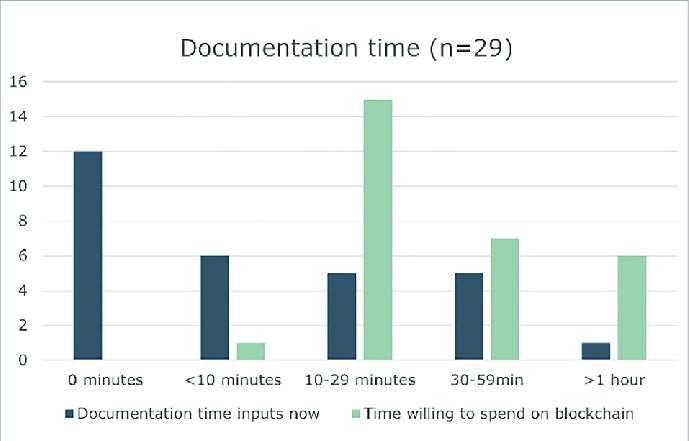
- The average worker spends 2.5 hours daily on document creation and editing.
- Around 35% of this time is spent on formatting and styling.
- Collaboration can add 15 to 20% more time due to reviews and approvals.
- Templates reduce creation time by 40%.
- Mobile editing sessions tend to be shorter, averaging 20 minutes.
- Complex documents, like legal contracts, take up to 6 hours on average.
- The use of AI tools can reduce editing time by 30%.
- Document revisions average 3 per document before finalization.
- 50% of workers report document creation as a major source of stress due to deadlines.
- Automated workflows are increasing efficiency by up to 25%.
| Time Aspect | Average Hours/Percentage |
| Daily time on docs | 2.5 hours |
| Formatting time | 35% of creation time |
| Extra time for collaboration | 15 to 20% |
| Time saved by templates | 40% |
| Mobile session duration | 20 minutes |
| Time for complex docs | 6 hours |
| Editing time saved by AI | 30% |
| Average revisions | 3 per document |
| Stress related to docs | 50% workers |
| Efficiency gain by automation | 25% |
Document Storage and Management
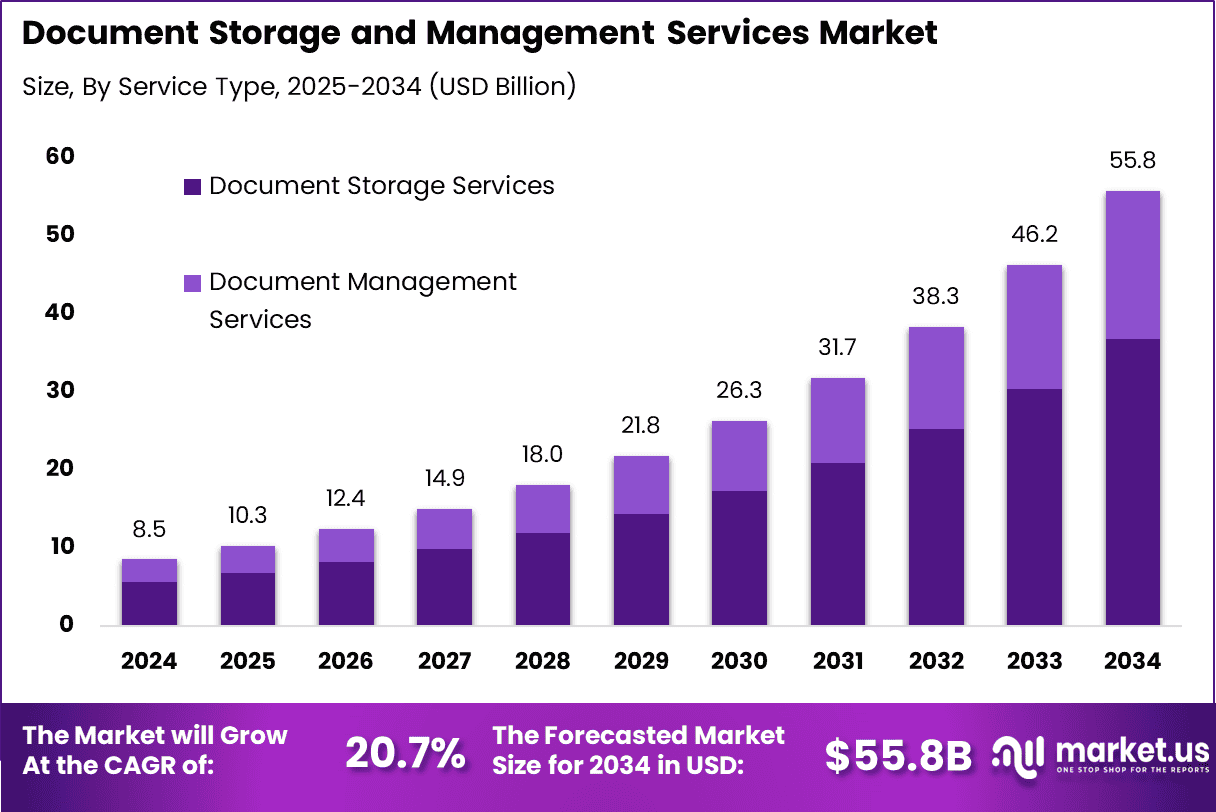
- Global data storage for documents is estimated at 45 zettabytes in 2024.
- Cloud storage accounts for 70% of document storage in enterprises.
- On-premise storage still holds 25%, mainly for sensitive docs.
- Average enterprise stores around 5 petabytes of document data.
- Document retrieval takes 3-5 minutes on average without good systems.
- Proper document management systems reduce retrieval time by 50%.
- 60% of companies face document loss or corruption yearly.
- Compliance with document retention laws costs companies $5 billion annually.
- 80% of enterprises use automated backups for document safety.
- Data archiving grows at 20% annually due to increasing compliance needs.
| Storage Aspect | Figures/Percentage |
| Global document data | 45 zettabytes |
| Cloud storage share | 70% |
| On-premise storage | 25% |
| Average enterprise data | 5 petabytes |
| Retrieval time | 3 to 5 minutes |
| Retrieval time reduced | 50% with management |
| Annual document loss rate | 60% companies |
| Compliance costs | $5 billion yearly |
| Backup usage | 80% enterprises |
| Data archiving growth | 20% annual |
Security Concerns in Document Creation
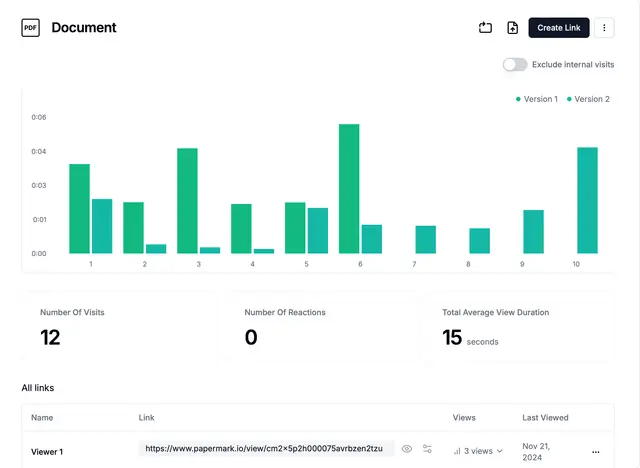
- 45% of data breaches involve documents or files.
- Phishing attacks using fake document links increased 30% in 2023.
- 60% of enterprises encrypt documents in transit and at rest.
- Password-protected documents account for 35% of business docs.
- Only 25% of companies use advanced DRM (Digital Rights Management).
- Insider threats cause 20% of document-related breaches.
- 70% of organizations conduct regular document security training.
- 15% of documents stored in the cloud are shared externally.
- Document access control reduces leak risks by 40%.
- Multi-factor authentication adoption for document platforms stands at 55%.
| Security Aspect | Percentage/Impact |
| Breaches involving docs | 45% |
| Phishing rise | 30% increase (2023) |
| Docs encrypted | 60% enterprises |
| Password-protected docs | 35% |
| DRM usage | 25% |
| Insider threat rate | 20% |
| Security training | 70% enterprises |
| Docs shared externally | 15% |
| Leak reduction by access control | 40% |
| MFA adoption | 55% |
Environmental Impact of Document Creation
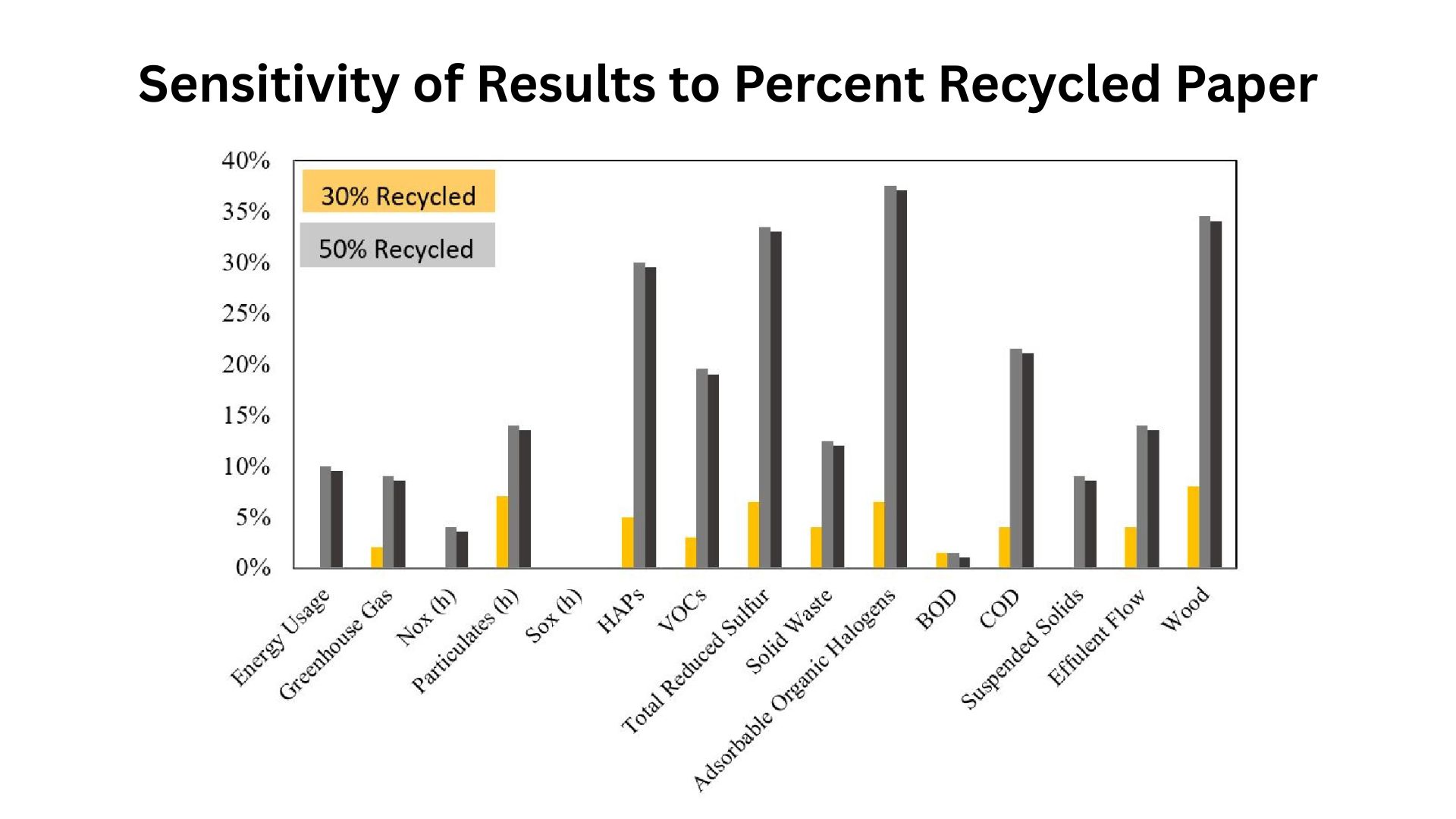
- Paper production accounts for 4% of global deforestation.
- Offices consume 12 million trees annually for paper.
- Digital document storage uses about 2% of global electricity.
- E-waste from document devices grows 5% yearly.
- Printing documents still accounts for 25% of office paper use.
- Recycling rates of paper documents in offices stand at 55%.
- Going digital reduces carbon emissions by 30% in document workflows.
- Remote document collaboration cut travel-related emissions by 15%.
- Data centers supporting document storage use 1% of global water.
- Companies adopting green document policies grew 20% in the last 3 years.
| Environmental Factor | Figures/Percentage |
| Paper deforestation | 4% global |
| Trees used yearly | 12 million |
| Electricity for storage | 2% global |
| E-waste growth | 5% annually |
| Printing paper use | 25% office consumption |
| Paper recycling rate | 55% |
| Carbon cut by digitization | 30% |
| Emissions cut by remote | 15% |
| Water use by data centers | 1% global |
| Green policy adoption | 20% growth (3 years) |
Future Trends in Document Creation
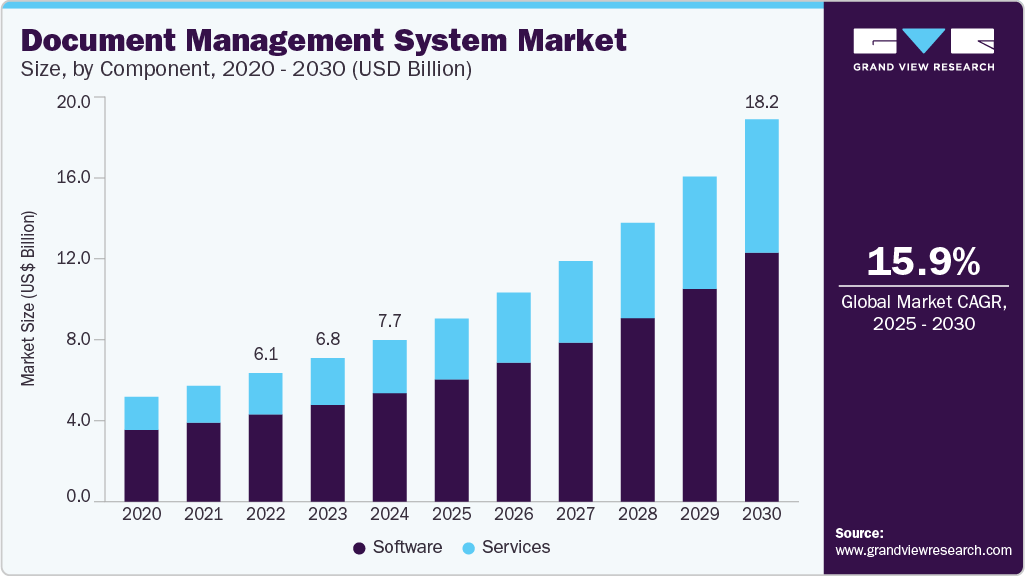
- AI-assisted document writing is expected to reach 40% adoption by 2027.
- Voice-to-text document creation tools will grow 50% by 2026.
- Augmented Reality documents could increase by 15% in the next 5 years.
- Blockchain-based document verification adoption is projected to hit 30% by 2028.
- Real-time multi-user editing will become standard in 90% of organizations by 2025.
- Mobile-first document creation will exceed desktop use by 2027.
- Environmental sustainability will push 60% of companies to digital-only documents.
- Automation will handle 50% of document workflows in 10 years.
- More companies will use biometric authentication for document access (up to 35% by 2030).
- Personalized document templates powered by AI will reduce creation time by 50%.
| Future Trend | Expected Figures |
| AI writing adoption | 40% by 2027 |
| Voice-to-text growth | 50% by 2026 |
| AR document growth | 15% increase |
| Blockchain verification | 30% by 2028 |
| Real-time editing | 90% adoption by 2025 |
| Mobile document use | desktop by 2027 |
| Digital-only policies | 60% companies |
| Automation workflow share | 50% in 10 years |
| Biometric authentication | 35% by 2030 |
| AI templates time-saving | 50% |
Challenges in Document Creation
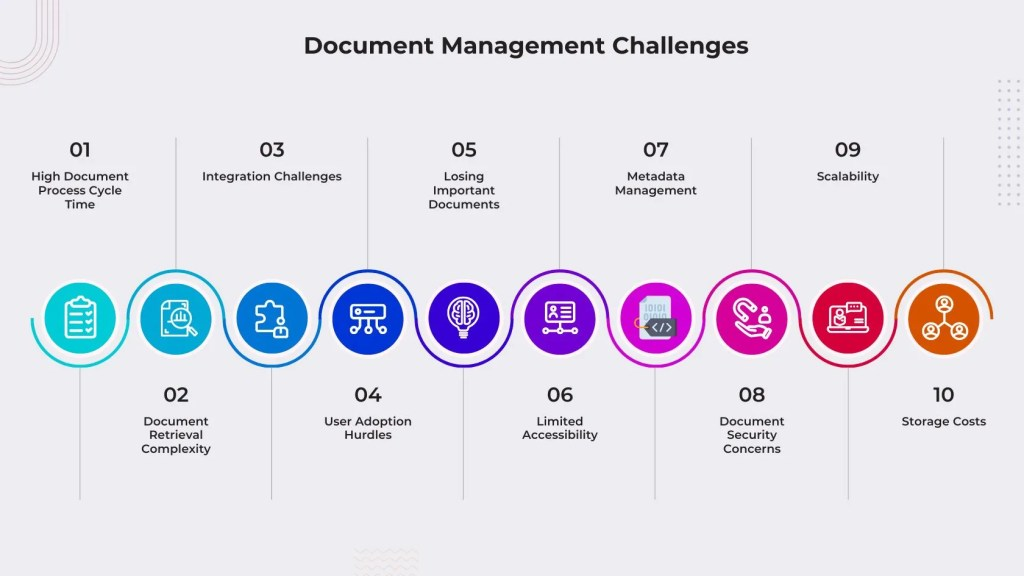
- 40% of workers feel overwhelmed by document overload.
- Inconsistent formatting causes 25% of document errors.
- Collaboration conflicts affect 30% of document projects.
- Lack of training leads to 20% inefficient document creation.
- Security risks worry 45% of document creators.
- Integration issues between tools affect 35% of workflows.
- Mobile editing still struggles with 15% of complex docs.
- Data loss incidents impact 10% of companies yearly.
- Slow adoption of automation affects productivity by 25%.
- Document version control issues arise in 50% of teams.
| Challenge | Impact/Percentage |
| Document overload | 40% workers |
| Formatting errors | 25% |
| Collaboration conflicts | 30% |
| Training deficiencies | 20% |
| Security concerns | 45% |
| Tool integration problems | 35% |
| Mobile editing issues | 15% |
| Data loss occurrences | 10% companies |
| Slow automation adoption | 25% productivity hit |
| Version control problems | 50% teams |
Conclusion
So, these document creation statistics show us just how central documents are to our daily work and communication. From the huge number of documents created every year to the tools and technologies we use, the numbers reveal a constantly evolving landscape. While digital tools have made creating and managing documents faster and easier, challenges like security risks, document overload, and collaboration issues remain.
Looking ahead, advances like AI, automation, and mobile-first creation promise to make the process even more efficient and flexible. So, whether you’re working on a quick report or managing large-scale document workflows, keeping an eye on these statistics can give you an edge and help you work smarter in this document-driven world. I hope you like this article. If so, kindly let me know your feedback in the comments.
FAQ.
Every year, over 2.5 trillion documents are created globally, with businesses producing about 85% of these. Around 90% of documents today are digital, showing how far we’ve moved from paper-based workflows.
It’s estimated that billions of documents are created daily worldwide, with the average office worker producing 30 to 50 documents each day, mostly in digital formats.
Microsoft Office remains the leader with over 1.2 billion users globally. Google Docs follows closely, especially in cloud-based collaboration, with about 800 million active users.
Approximately 90% of documents created today are digital. Paper documents make up a small but still significant portion, mainly in legal or compliance sectors.
On average, workers spend around 2.5 hours per day creating and editing documents, with a significant chunk of time spent on formatting and collaboration.
Text documents (like Word files) are the most common, making up 60% of files. PDFs are popular for sharing, spreadsheets handle about 10%, and presentations make up roughly 5%.
Cloud tools are used by about 65% of companies, allowing real-time collaboration, easier sharing, and better storage. Cloud adoption has led to productivity boosts and faster document workflows.
Around 45% of data breaches involve documents. Risks include unauthorized access, phishing attacks through fake document links, and insider threats, making encryption and access control essential.
While digital documents reduce paper use, offices still consume millions of trees yearly. Digital storage consumes electricity, about 2% globally, and e-waste from devices grows yearly, contributing to environmental impact.
AI-assisted writing, voice-to-text tools, blockchain verification, and mobile-first creation are on the rise. Experts expect AI tools to be used in 40% of document creation by 2027, with automation handling half of workflows in the next decade.

Jeeva Shanmugam is passionate about turning raw numbers into real stories. With a knack for breaking down complex stats into simple, engaging insights, he helps readers see the world through the lens of data—without ever feeling overwhelmed. From trends that shape industries to everyday patterns we overlook, Jeeva’s writing bridges the gap between data and people. His mission? To prove that statistics aren’t just about numbers, they’re about understanding life a little better, one data point at a time.


